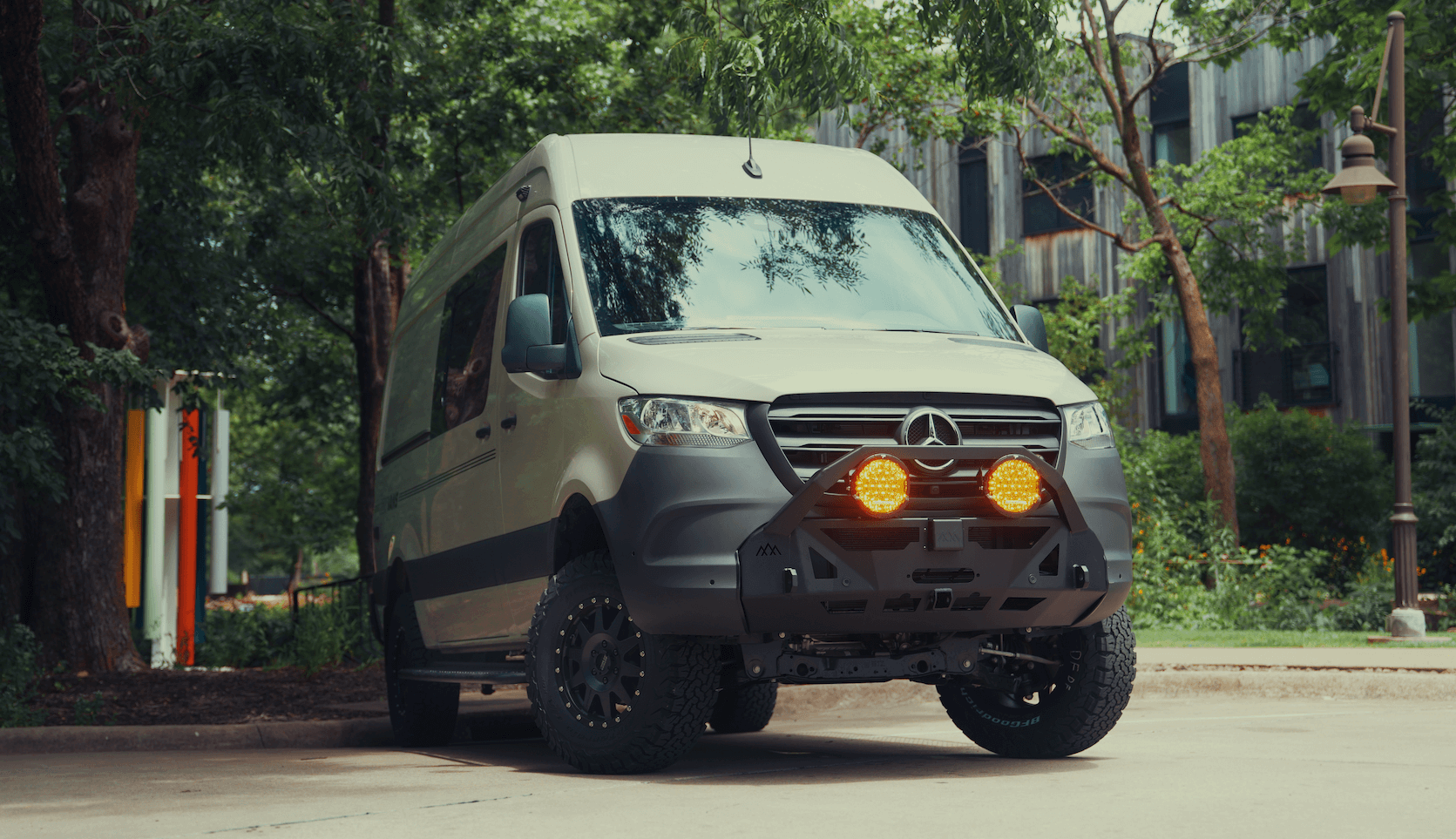Recreational Vans

A reweigh is helpful after you shift gear, adjust a weight distribution hitch, or move water. You can use multiple reweighs to fine tune balance and stay within axle ratings.
Compare each axle line to the axle rating on your door label. Then compare the gross line to the gross rating. Both checks must pass.
Corner weights are ideal but axle weights still tell a strong story. If the front axle drops far below its rating after a build, steering authority may fade. Shift heavy items forward until the front axle carries an appropriate share. Many vans feel best when the front holds roughly forty five to fifty five percent of total weight, but always stay within rating.
For trailers, measure tongue weight by comparing two tickets. First, weigh the tow vehicle without the trailer. Next, weigh with the trailer attached but only the tow vehicle on the front two platforms and the trailer jack off the scale. The difference on the drive axle reflects tongue load. A stable tow setup often targets ten to fifteen percent of trailer weight on the tongue, but never exceed ratings or tire limits.
If you use a weight distribution hitch, perform a base weigh, apply the bars, then reweigh. The goal is to return some load to the steer axle and reduce the drive axle spike while keeping all values within ratings.
Heavy water, batteries, and tools belong low and near the middle of the wheelbase. That lowers the center of gravity and calms body motions on rough roads. Avoid stacking heavy gear high or all the way at the rear. Even minor moves can change axle numbers by dozens of pounds.
Match tire load capacity to measured axle weight. Divide the axle weight by two for a single rear wheel axle to estimate per tire load, or by four for a dual setup. Use the tire maker inflation chart to set pressure for the actual load, then verify with real world heat checks and ride quality. Brakes perform best when the vehicle respects its ratings and the cargo is secured.
Good weight data drives smart build choices. It informs cabinet materials, battery placement, water tank location, and rack selection. With a sound plan, you get a rig that tracks straight in crosswinds, brakes without drama, and keeps tires cool on summer asphalt.
If you are planning a custom adventure van, a scale ticket is the compass for correct layout and component selection. Thoughtful distribution will reduce sway, limit porpoising, and protect bearings and bushings over the long haul. Keep your latest ticket in the glove box and recheck after major changes.
We design and upfit vans to meet real loads and long miles. If you want help turning weight numbers into a build that drives as well as it looks, explore our services and see how we approach layouts, power, water, and storage that keep you within ratings and on target.
Next stepsWork with our team We build complete custom vans, partial upfits, and purpose built platforms that honor axle ratings and ride quality. See how we approach thoughtful weight distribution and cabin function on our pages below.
Tell us how you travel, what you carry, and share a recent scale ticket. We will map a weight smart layout, select components that match your goals, and deliver a van that feels planted on the interstate and calm on dirt. Submit the form and let us turn numbers into a dialed adventure rig.
Ready to dial in weight, balance, and safety on your build? Our team designs and upfits vans with smart weight distribution, compliant axle loads, and dependable braking and suspension. Share your goals in the form below and we will map a build plan that rides right, scales clean, and is road trip ready.
ADDRESS:
6159 E Huntsville Rd, Fayetteville, AR 72701
PHONE:
(479) 326-9200
EMAIL:
info@ozkvans.com